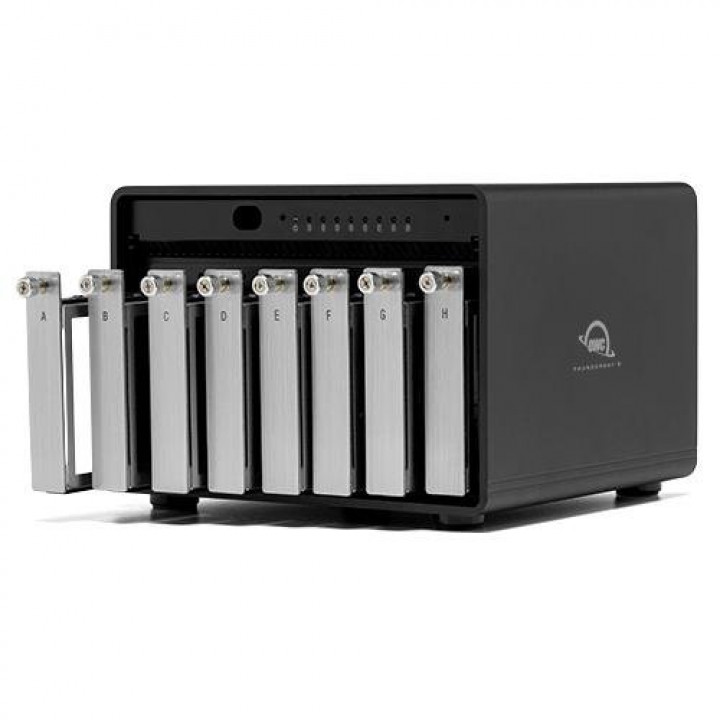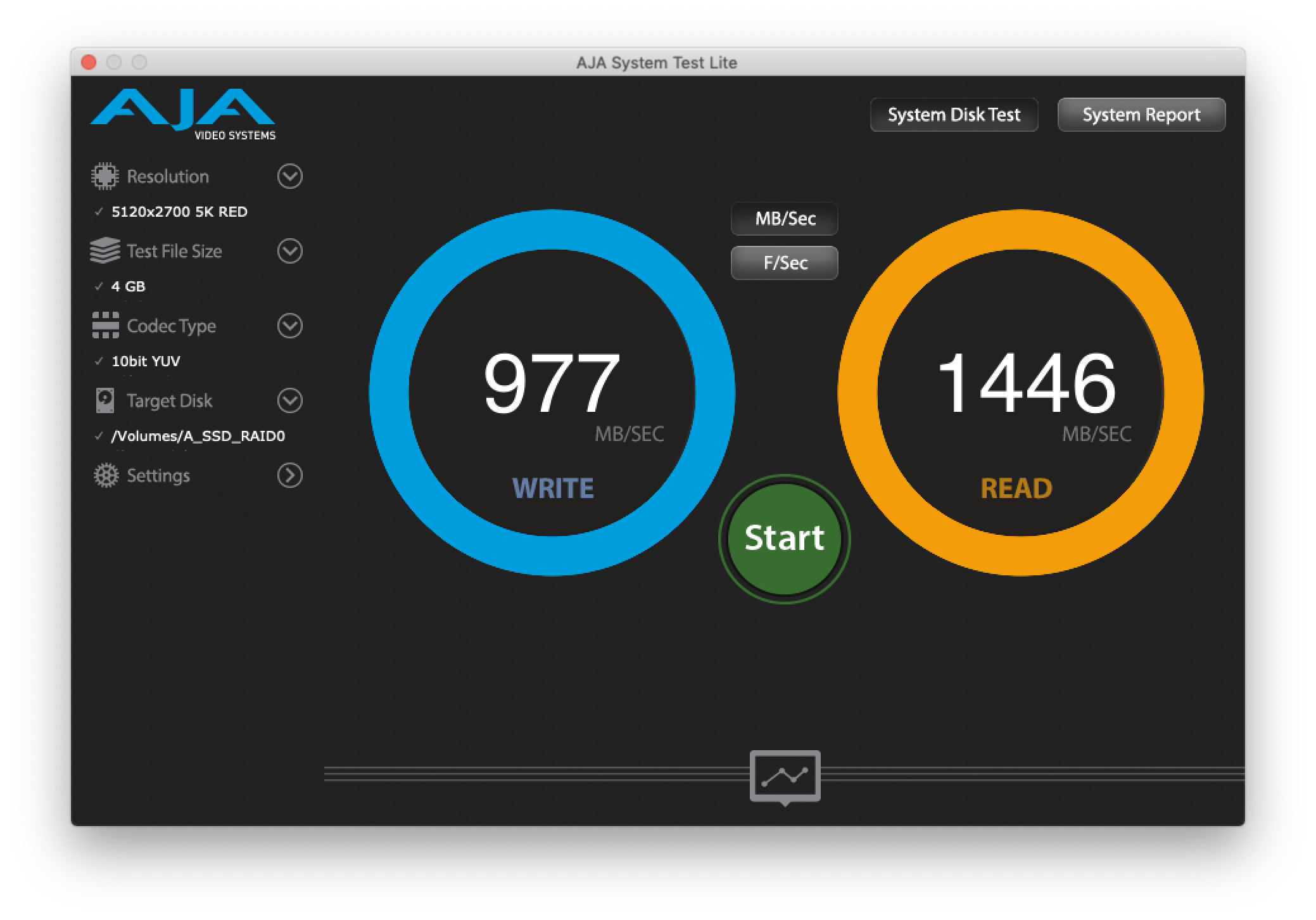
The coalescer allows write requests to be combined into larger requests to reduce the number of I/Os per write for parity calculations. An uninterrupted power supply (UPS) is recommended for use if the cache is enabled. The cache is disabled by default, but the user can enable it through the user interface. The volume write-back cache allows writes to be buffered and improves coalescing. To enhance the write performance of RAID 5, Intel® Rapid Storage Technology (Intel® RST) uses a RAID 5 volume write-back cache and coalescer. Disk writes do not realize the same benefit because parity must be calculated and written to all the drives.

The read performance of a RAID 5 array is greater than a single drive's read performance because data can be read from multiple disks simultaneously. The extra work of calculating the missing data degrades the write performance to the RAID 5 volume while the volume is being rebuilt. One drive can fail and it is possible to rebuild the data after replacing the failed hard drive with a new drive. For example, four 120-GB hard drives in a RAID 5 array look like one 360-GB hard drive to the operating system.īecause parity is used for data protection, up to 75 percent of the total drive capacity is usable. The equivalent of one hard drive is used to store the parity information, allowing for fault tolerance with less than the 50 percent capacity reduction of RAID 1. The capacity of a RAID 5 array is the size of the smallest drive multiplied by one less than the number of drives in the array. The parity is striped in a rotating sequence to reduce bottlenecks associated with the parity calculations. The data and parity are striped across all the hard drives in the array.

Parity is a mathematical method for re-creating data that was lost from a single drive, which increases fault tolerance. The main benefits of RAID 5 are storage capacity and data protection. Disk writes do not realize the same benefit because data must first be written to one drive, then mirrored to the other.Ī RAID 5 array is three or more hard drives with data divided into manageable blocks called strips. The performance of a RAID 1 array is greater than a single drive's performance because data can be read from multiple disks - the original and the mirror - simultaneously. In the case of a disk failure, the computer system will remain fully operational to ensure maximum productivity. When one disk drive fails, all data is immediately available on the other without any impact to the data integrity. The primary benefit of RAID 1 mirroring is that it provides data reliability in the case of a single disk failure. For example, two 120-GB hard drives in a RAID 1 array will appear as a single 120-GB hard drive to the operating system. Because all of the data is duplicated, the operating system treats the usable space of a RAID 1 array as the maximum size of one hard drive in the array. RAID 0 is not recommended for use in servers or other environments where data redundancy is a primary goal.Ī RAID 1 array contains two hard drives where the data between the two is mirrored in real time. Therefore, if one hard drive fails, all data on both drives is lost. The RAID level 0 (which indicates no redundancy) reflects this lack of redundancy. No redundancy information is stored in a RAID 0 volume. For example, four 120-GB hard drives in a RAID 0 array will appear as a single 480-GB hard drive to the operating system. The hard drives in a RAID 0 volume are combined to form one volume, which appears as a single virtual drive to the operating system.
Softraid raid 6 movie#
Real-world tasks where RAID 0 can be of benefit include loading large files into image editing software, saving large movie files in video editing software or creating CD or DVD images with a CD/DVD authoring package.

This striping technique is the fastest of all of the RAID levels, especially for reading and writing large files. Data in a RAID 0 volume is arranged into blocks that are spread across the disks so that reads and writes can be performed in parallel. RAID 0 uses the read/write capabilities of two or more hard drives working together to maximize storage performance.


 0 kommentar(er)
0 kommentar(er)
